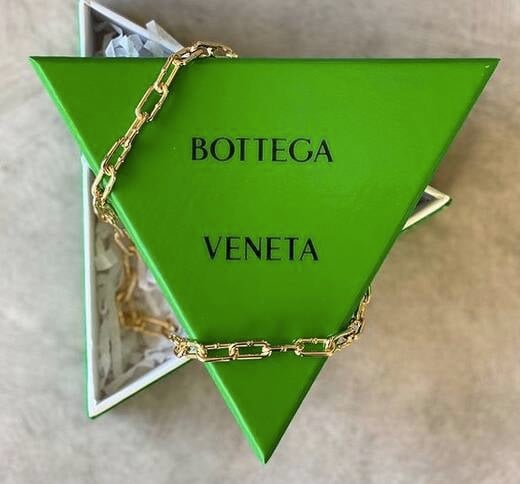
Image Credit: @yellow_mango_ig
The COVID-19 pandemic birthed a novel era for the fashion industry. Despite declining living standards in many places, spending on luxury fashion increased. Riding this wave of desire for covetable handbags has been a select few brands. Hermès, Chanel, Louis Vuitton and Dior, among them, deserve mention.
But there’s one fashion house that not only shot to fame during this time. Rather, it could be said that it actually owes a part of its tremendous growth to increased lockdown-era Instagram-scrolling and stress-purchasing.
That brand is Bottega Veneta, or to be more specific, the #NewBottega of its newly ex-Creative Director, Daniel Lee.
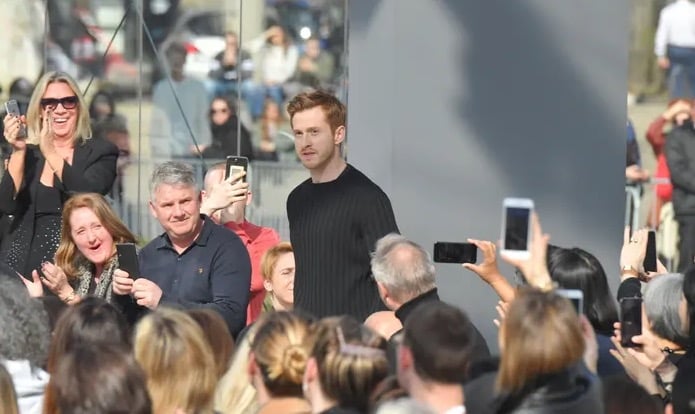
Daniel Lee, Image Credit: The Guardian
Lee’s slew of quirky takes on tried-and-tested silhouettes, like the Pouch, the Jodie and the Cassette, all became favorites of starlets, influencers, and industry-insiders alike.
But how did this transformation come about? More importantly, does it signify something broader for the fashion world in general? It’s a loaded question, and one that requires some context before we investigate.
Now, Bottega Veneta (sometimes referred to as BV) wasn’t on a lot of people’s radar when, in mid-2018, Daniel Lee took over from Tomas Maier (who’d been at the brand’s helm for 16 years!).
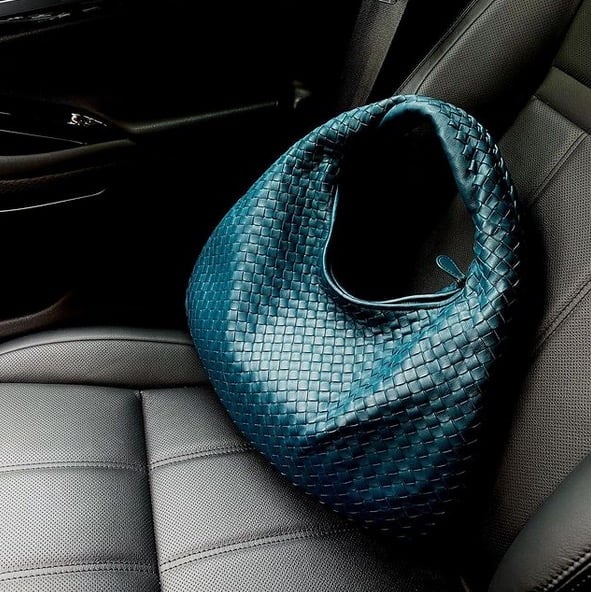
Tomas Maier-era Bottega Veneta Hobo, Image Credit: @najla__
At that time, the house was known for its signature woven Intrecciato leather and impeccable quality dating back to its mid-1960s roots. Devoid of blazing logos or obvious branding, devoted fans liked the brand for its under-the-radar-ness – recognizable only to those “in the know”. In 2001, the Kering Group (formerly the Gucci Group and parent of Gucci among other brands) acquired Bottega Veneta and appointed Maier shortly thereafter.
For fashion people in general, however, Maier’s designs seemed at times perhaps a bit too simple. The old-worldly charm, paired with the brand’s lack of glitzy marketing campaigns and social media presence, was lost upon the majority.
With Lee’s arrival, however, first in ready-to-wear and then turning quickly to handbags and accessories, Kering’s so-called “stealth luxury brand” instantly turned into one of the hottest.
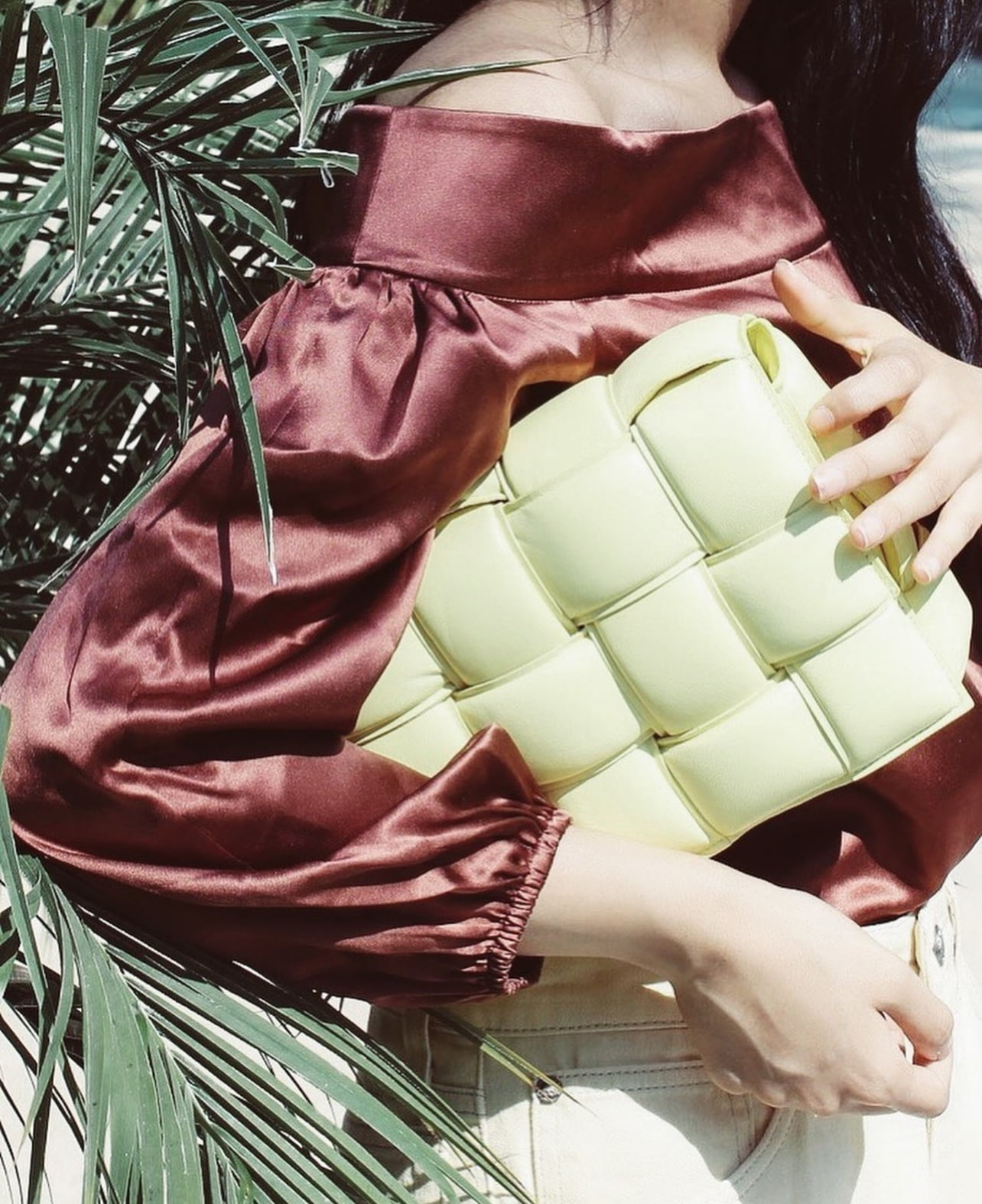
@stylebymalvika
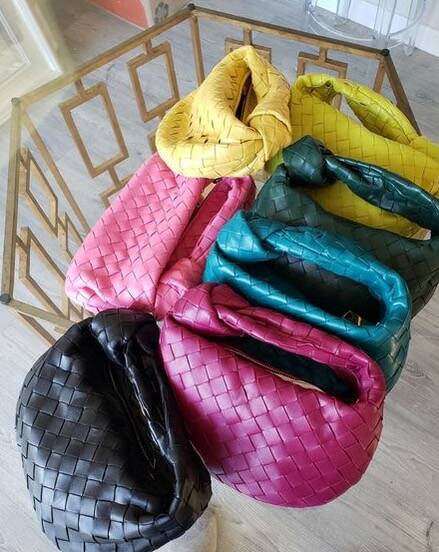
Bottega Veneta Mini Jodie Family, Image Credit: @moncheri.moni
Having worked under Phoebe Philo at Céline, Lee channelled much of Philo’s minimalist-inspired oversized clothing items in his first few collections.
Lee ultimately found his ground, and his own uniquely androgynous sense of style. In Bottega’s accessories, however, he developed blown-out versions of the Intrecciato to make the Maxi Cabatand and the Arco. But most important, perhaps, was the Pouch, a style that literally took the world by storm.
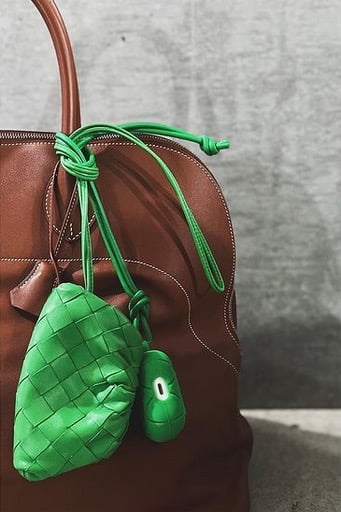
Image Credit: @rie_sea
Previously known to be shy and secretive, as Lee became more acclimated to the world of fashion, his shows became more extravagant. Some of his final shows in Berlin and Detroit, in fact, earned, in equal parts, popularity and notoriety. And his trend-defying step to remove the brand’s social media presence last February, as well as launching a digital magazine collection in March, continued to raise eyebrows and generate intrigue.
But just like that, in the November of last year, Kering declared that Lee was leaving his role as Creative Director after three and a half years of success. This came as a shock, especially since he had almost single-handedly revitalized a brand he himself once declared a “sleeping giant”.
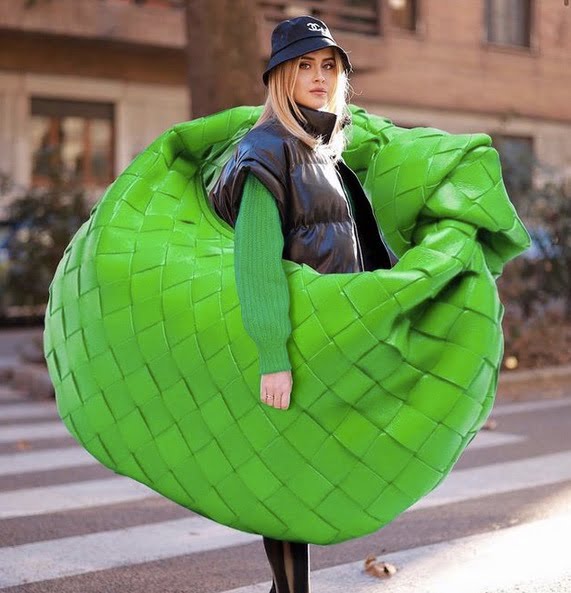
Image Credit: @naked_sundays
With rising expectations, edgy designs and grand shows, what could have led to this unexpected departure? Especially since Lee is seen as one of the most profitable and prodigal Creative Directors in modern luxury fashion. Did his now-penultimate show in Berlin, alleged to have disregarded COVID-19 precautions, lead to a dismissal? That remains to be seen, and Kering was quick to announce Matthieu Blazy, part of BV’s design team, as the next Creative Director. This is a strategic move many compare to the appointment of Alessandro Michele at Gucci.
Now, storied luxury maisons being transformed by zealous young creative geniuses isn’t an entirely new concept. We’ve seen it with Karl Lagerfeld and Fendi, Marc Jacobs and Louis Vuitton, and Phoebe Philo and both Céline and Chloe. All of them later moved on to tremendously successful careers in their own names.
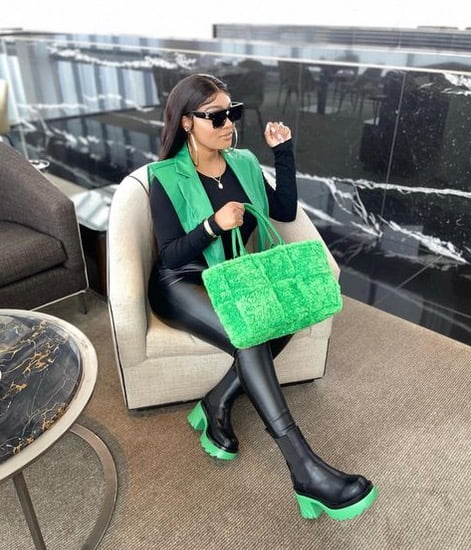
Bottega Veneta shearling Arco Tote, Image Credit: @sogorgeouslulu
In fact, Marc Jacobs’ revival of Louis Vuitton, a sleepy heritage luggage manufacturer in 1997, shares many parallels with Lee.
But fast forward 24 years and the tides seem to have shifted from the Marc Jacobs x Louis Vuitton era. Collaborations, for one, are not only acceptable, but rather the norm. Plus, scores of new brands, both luxury and contemporary, continue cropping up every year. So, standing out from the crowd has become more difficult than ever for brands.
And Daniel Lee has managed to do just that with Bottega Veneta, all the while generating creative new designs with formidable “investment” values. Not everyone may have liked the New Bottega, but it remains quintessentially Bottega nevertheless.
They even remain true to Maier’s vision, “when your own initials are enough”. And the designs’ focus remains on producing tactile, functional, and wearable pieces that highlight the gorgeousness of the leather, rather than slapping on a logo. And more often than not, their amazing color hues stand out too (parakeet green is a staple, of course, but the more underrated cinnabar has won my heart).
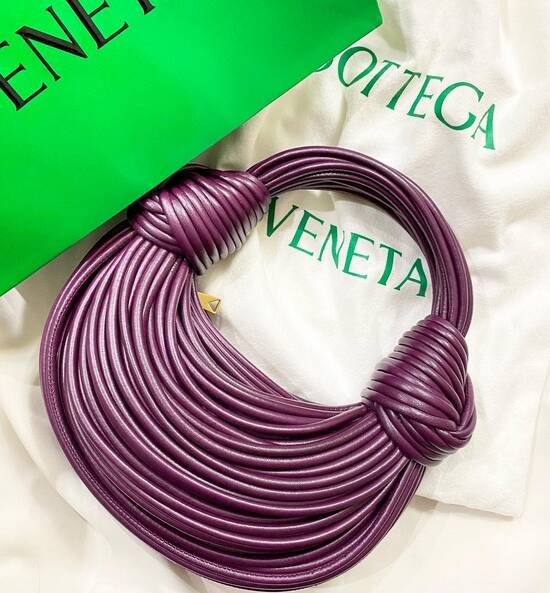
Bottega Veneta Double Knot Cinnabar, Image Credit: @miwanoinstadayo
Most importantly though, Daniel Lee’s creations, massive fan-following, and departure (and as seen at Louis Vuitton via Virgil Abloh’s unfortunate passing, as well as Alessandro Michele’s and Demna Gvaslia’s fanfare at Gucci and Balenciaga respectively), the power vested upon Creative Directors, both as indicators of the brands themselves as well as creators of their unique styles, is now greater than ever.
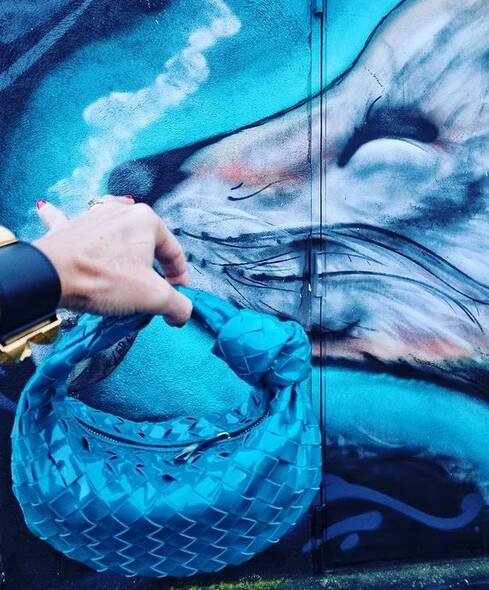
Bottega Veneta Mini Jodie, Image Credit: @letoloverule
And of course, all eyes will now be on Blazy as his new collection will be unveiled this month. Changing directors is indeed a large transformation for luxury brands. From the days of doing collaborations and producing It-bags in the 2000s, to gaining social media presence and backing up influencers in the 2010s, the reigning trend of the 2020s is likely to be the celebrity designer.
This makes it even more important for fashion houses to not only recruit designers most representative of the brand aesthetic (and of the world in general), but to hold on to them. Arguably these designers are a brand’s best assets.
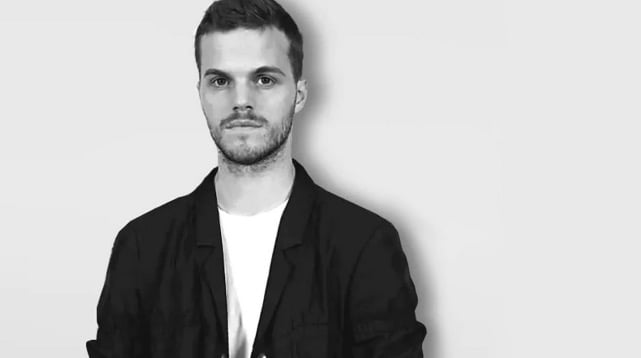
Matthieu Blazy, Image Credit: L’Officiel
Only time will tell where Lee achieves his “next great thing”, and whether Blazy matches up to the standards Lee set. Until then, all we can do is wait…
Written by Sajid Bin Mohammad for PurseBop
XO
Updated: February 13th, 2022



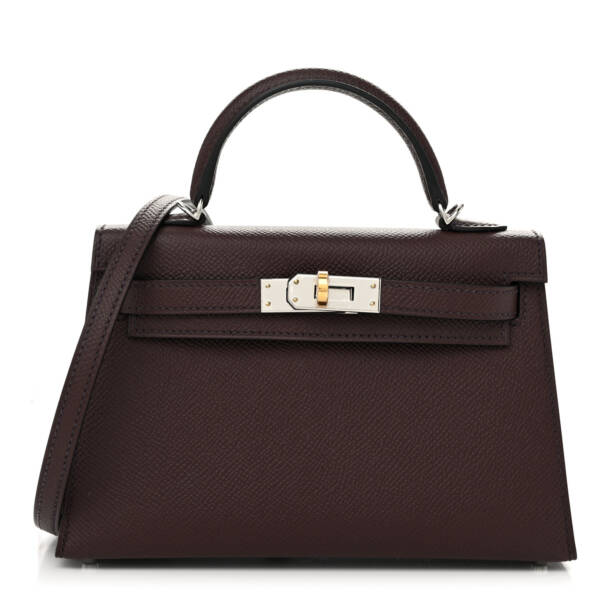
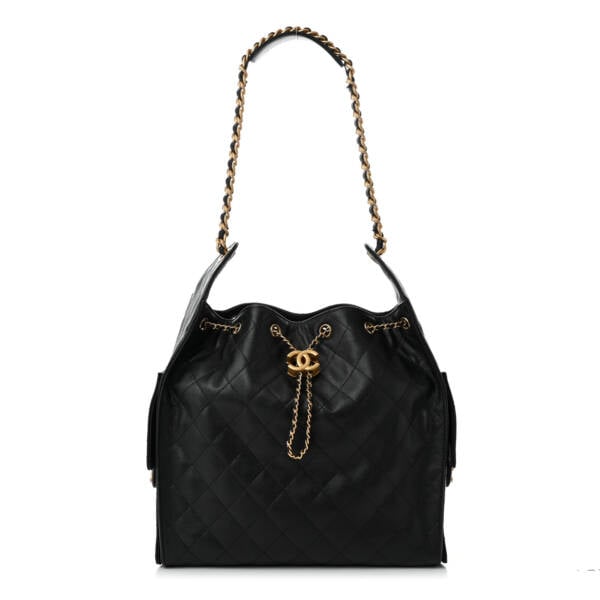
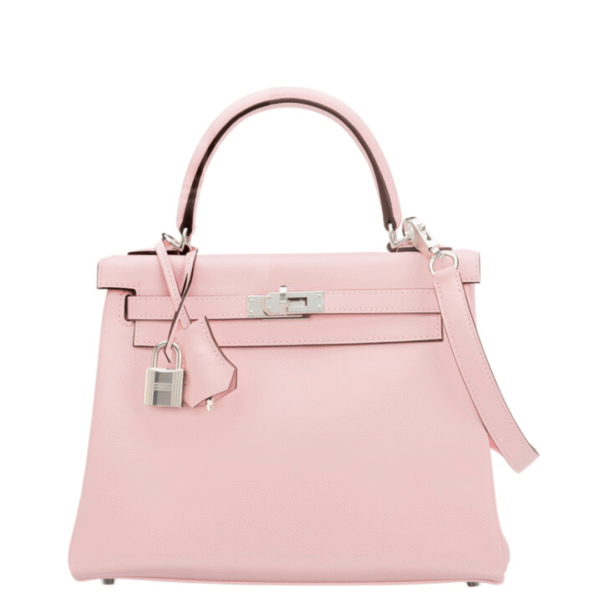
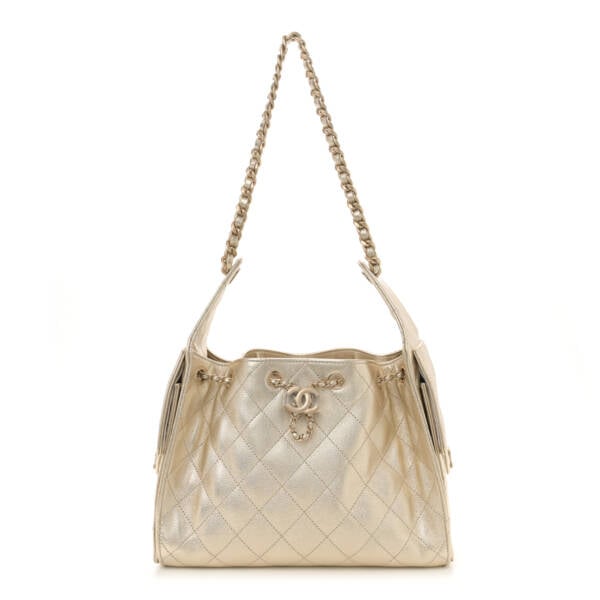
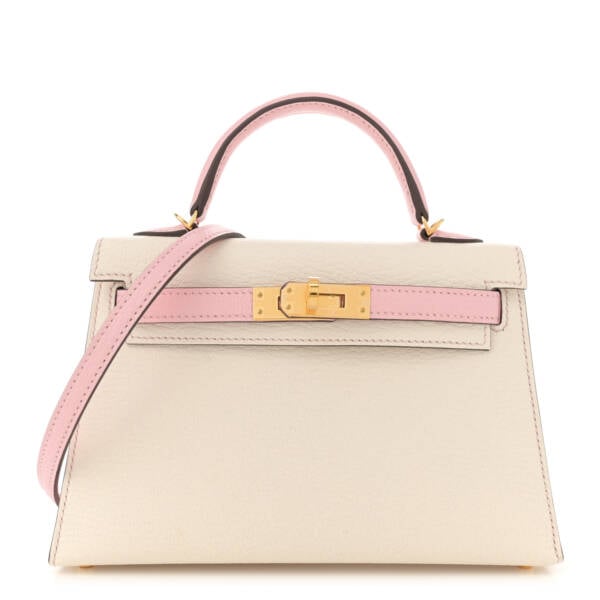
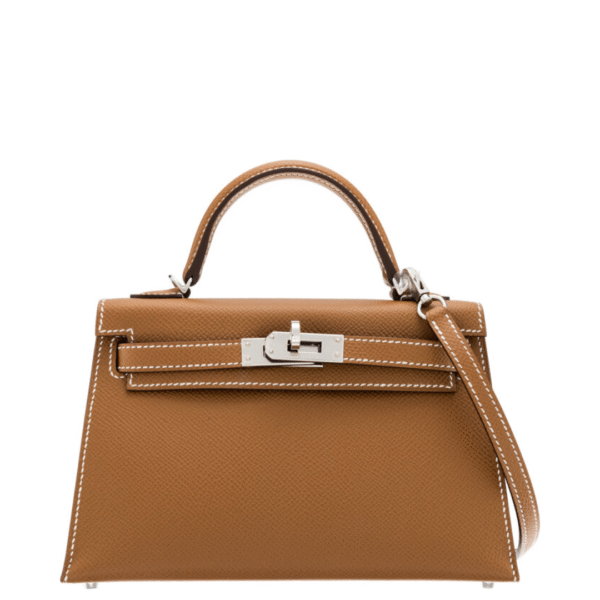
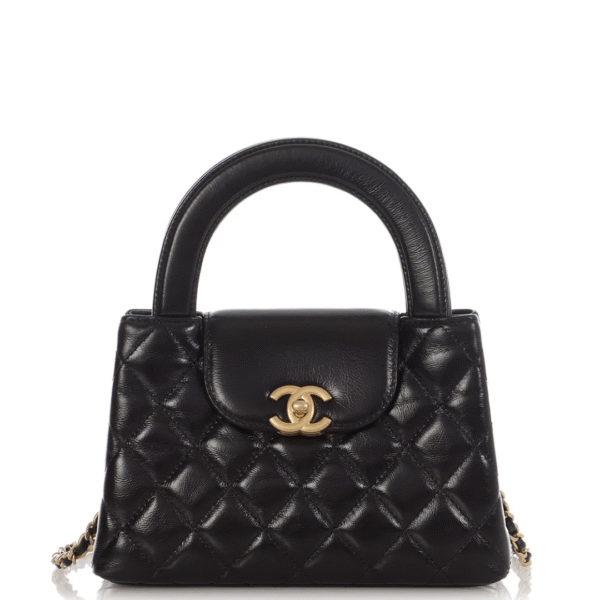
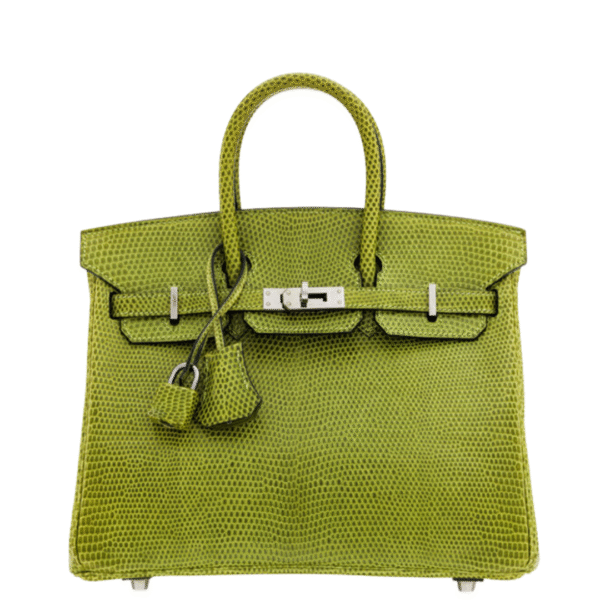
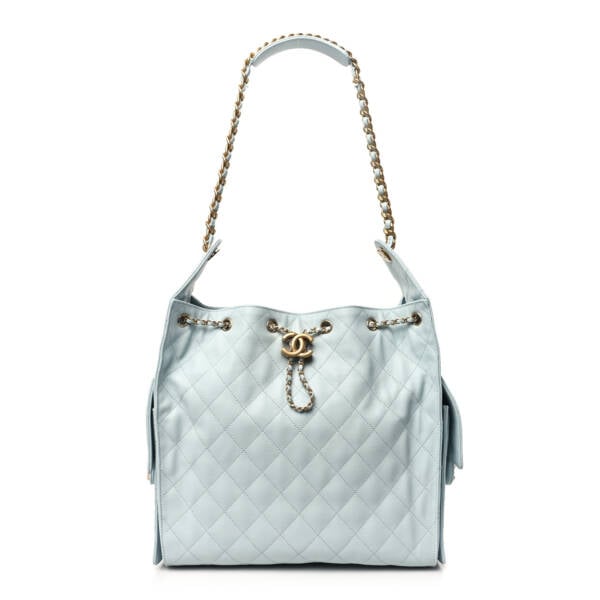
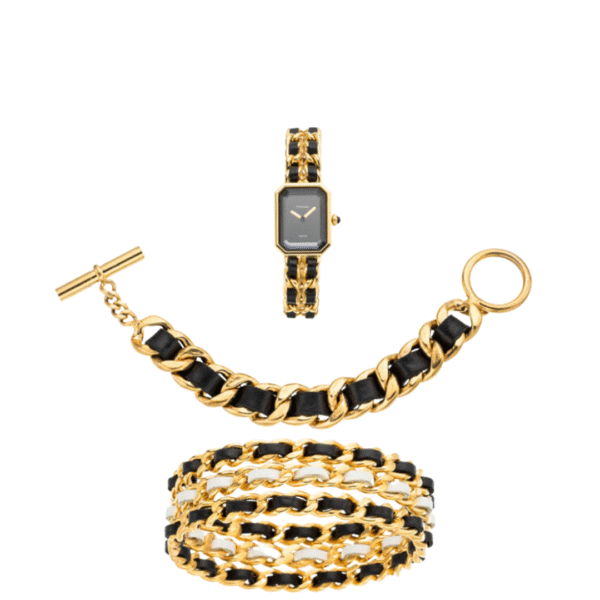
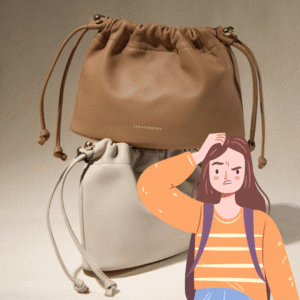
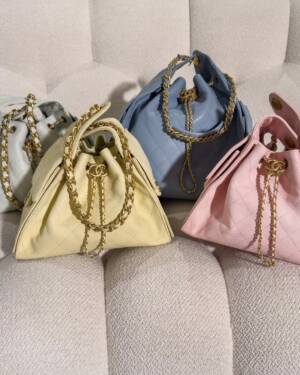
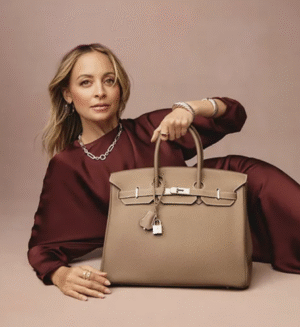
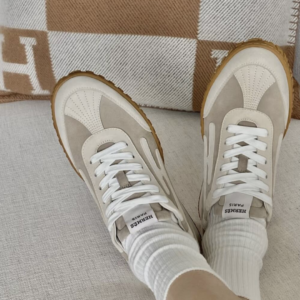
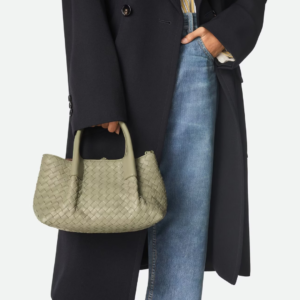
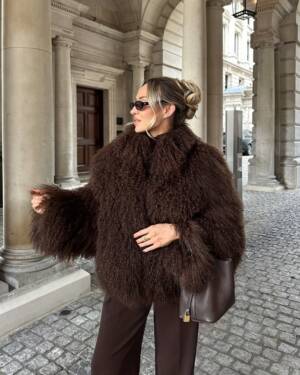

Comments